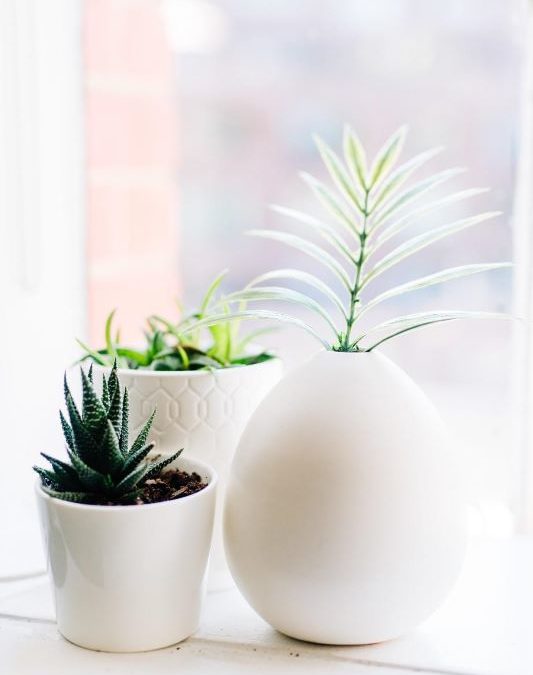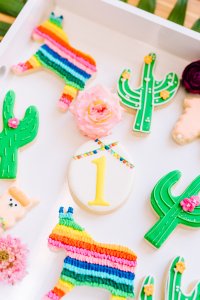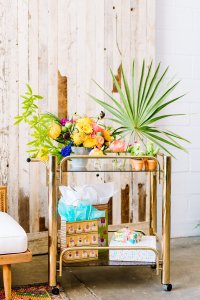The Ponytail Palm
Part 1 in our Houseplant Mini-series
Part one of our new mini-series highlighting individual house plants features a tree sized succulent native to the semi-deserts in southeastern Mexico aptly named the Ponytail palm. It got its name for the shape of how its foliage grows, looking like a pony’s tail. It’s also referred to as an Elephant’s Foot Tree and Bottle Palm.
The first time you see a Ponytail palm you might think you’re seeing a plant straight out of Dr. Suess. In the ground these plants can grow as large as 30 feet tall though these slow growers average around 10 feet tall. If you’ve got very bright indirect sunlight in your home, bringing in a Ponytail Palm may just be the plant you never knew you needed until now.
It’s perfect for beginners. First off, it’s not a plant you have to fuss over every day, for that matter, every week either. It’s all in how you set it up for success when you first purchase the plant. Keeping in mind that it’s a very slow grower, make sure not to plant it in a pot much larger than the size you bought it in. Unless it’s completely and totally rootbound, you’ll do best to stay in its current diameter. Next, you need to choose a pot that has excellent drainage holes. Terracotta pots are best suited for these plants as they allow the soil and roots to “breathe” and it’s less likely to suffer from root rot. Lastly, use a potting mix designed for cactus and succulents. Amending that soil with perlite or calcined clay will help with adding drainage. Now understand, that it may be years before you will need to repot this into a larger pot.
As it grows you may notice brown leaves or leaf tips. This is a sign that you are not either watering it thoroughly enough or waiting too long in between waterings. Don’t fret, pull off brown leaves and trim off the brown leaf tips. Learning how to properly water, when and how, will help prevent this from happening in the future.
Watering once the top 2 inches of soil are dry during Spring/Summer is best. Water thoroughly until water flows from the bottom drainage holes. During Winter, wait to water until the pot is around ¾ of the way dry.
**Fun fact, the trunk or caudex is used by the plant to store water.**
Do you need to mist it? It’s not something you need to do often but it can’t hurt to mist it lightly a few times a month during the Spring/Summer season. Also keeping the leaves dusted will cut down on the chance it develops spider mites. These plants are usually pest free but a dusty or stressed plant has the potential to attract unwanted visitors.
Check back with Modern Foliage next week when we will discover why Ficus lyrata commonly known as the Fiddle Leaf fig is a plant those of you with a Southern exposure will love to own.
Missi Lackas, blog writer for Modern Foliage Designs.
missi@modernfoliage.com



